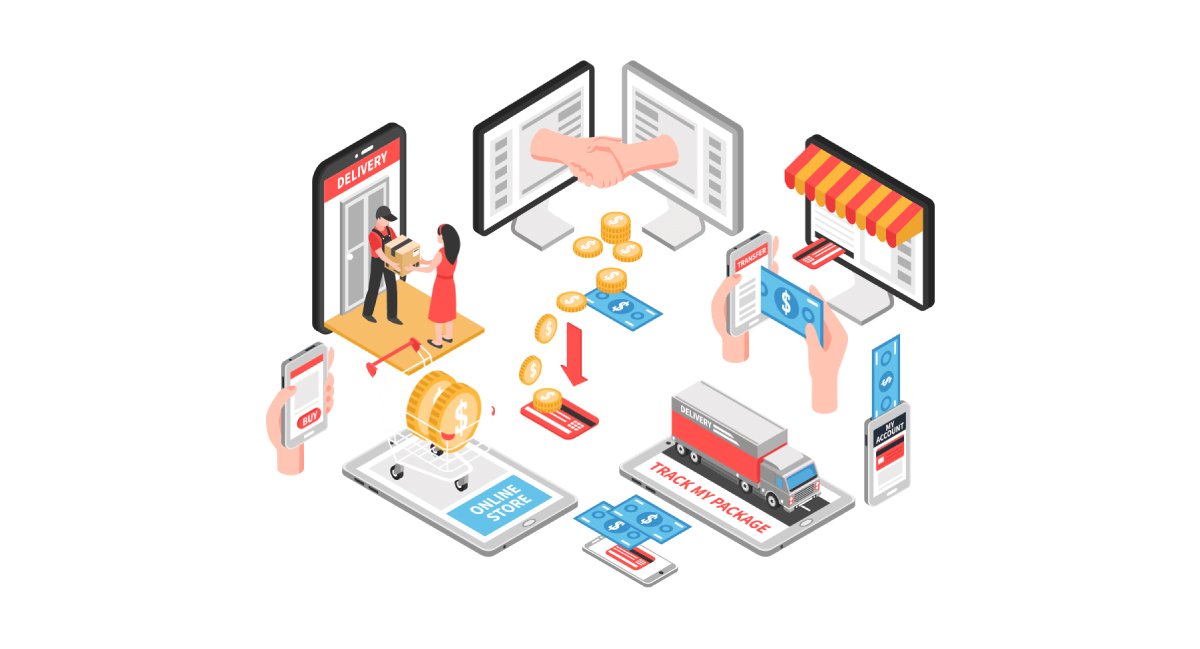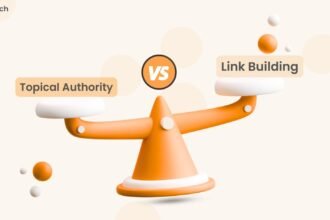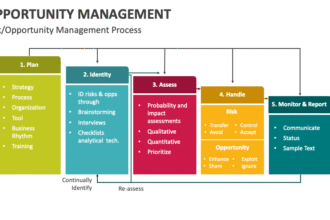The world of eCommerce is booming, and businesses of all sizes are jumping on board to reach customers globally. If you’re looking to launch your own online store or improve an existing one, eCommerce development is the foundation of your success.
This guide covers everything you need to know, from choosing the right platform and optimizing for mobile to implementing security best practices and analyzing performance. Whether you’re a newcomer or a pro ready to refine your approach, these steps will help you build an eCommerce store that drives sales and grows your brand.
Introduction to eCommerce Development
eCommerce development is the process of building and maintaining an online store that offers a seamless shopping experience for your customers. This involves selecting the right platform, designing user-friendly interfaces, and ensuring your site runs smoothly. But it goes beyond the technical aspect. Successful eCommerce development also includes optimizing for SEO, mobile-friendliness, and marketing.
Key takeaway? Think of your eCommerce platform as the digital storefront of your business. Just as a physical store location requires thoughtful design and strategic planning, your online store demands the same attention to detail.
Choosing the Right Platform
Selecting the right eCommerce platform is the first major decision in your development process. Your choice can make or break your store’s potential, so it’s worth doing your homework.
Factors to Consider when Choosing a Platform:
- Scalability – Will the platform grow with your business?
- Ease of Use – Does it offer intuitive tools for building and managing your store?
- Cost – Is it within your budget? Consider setup fees, transaction costs, and ongoing expenses.
- Integrations – Can it seamlessly integrate with third-party tools like CRMs or email marketing software?
Popular Platforms:
- Shopify – Great for beginners, with an extensive app ecosystem.
- WooCommerce – A flexible, open-source WordPress plugin perfect for customization.
- BigCommerce – Scalable and packed with features for mid-to-large businesses.
- Magento – Highly customizable but requires technical expertise.
Key Features for a Successful Store
An effective eCommerce store needs more than a sleek design. These essential features ensure a smooth customer experience and higher conversions:
1. User-Friendly Navigation
Make it easy for users to find what they’re looking for. Use clear categories, filters, and a prominent search bar.
2. Fast Loading Speeds
Customers will abandon your site if it takes more than 3 seconds to load. Use tools like Google PageSpeed Insights to assess and improve your speed.
3. Convenient Payment Options
Offer a variety of trusted payment gateways (e.g., PayPal, Stripe, Apple Pay) to accommodate customer preferences.
4. Detailed Product Pages
Include high-quality images, engaging descriptions, customer reviews, and clear pricing to build buyer confidence.
5. Cart and Checkout Optimization
Simplify the checkout process by offering guest checkouts, multiple payment options, and upfront shipping costs to reduce cart abandonment rates.
Mobile Optimization Strategies
With mobile commerce (mCommerce) accounting for a large portion of online sales, optimizing for mobile isn’t just optional; it’s critical.
Tips for Mobile Optimization:
- Responsive Design – Ensure your site adjusts seamlessly to all screen sizes.
- Fast Load Times – Compress images and leverage caching for faster page loads on mobile.
- Streamlined Checkout – Reduce form fields and enable mobile payment solutions like Google Pay.
- Thumb-Friendly Navigation – Use large buttons and ensure clickable elements are easy to interact with.
SEO for eCommerce
Search Engine Optimization (SEO) is vital for driving organic traffic to your store. With millions of online stores competing for attention, SEO ensures your website ranks higher on search engine results pages (SERPs).
SEO Best Practices for eCommerce:
- Keyword Research – Identify targeted keywords for your product descriptions and metadata.
- Product Titles & Descriptions – Use unique, keyword-rich titles and detailed descriptions.
- Optimize Images – Add descriptive alt text to all images.
- Internal Linking – Create a logical link structure to improve navigation and SEO.
- Blog Content – Write helpful articles to attract traffic and build your authority.
Security Best Practices
With online payments and customer data at stake, security should be a top priority in your eCommerce development plan.
Key Security Measures:
- SSL Certificate – Encrypt users’ data and boost their trust in your brand.
- PCI Compliance – Meet payment industry security standards.
- Regular Software Updates – Keep your platform, plugins, and extensions up to date.
- Multi-Layered Authentication – Use two-factor authentication to add an extra layer of security.
Marketing and Promotion Tips
To thrive in the competitive eCommerce landscape, you need a robust marketing strategy to draw people to your store and keep them coming back.
Proven Marketing Strategies:
- Social Media Advertising – Platforms like Facebook and Instagram are great for promoting products.
- Email Marketing – Send promotions, product recommendations, and abandoned cart reminders.
- Influencer Marketing – Collaborate with influencers to drive targeted traffic and credibility.
- Customer Loyalty Programs – Reward repeat customers with discounts or points.
- Seasonal Campaigns – Capitalize on holidays to create urgency and excitement.
Analyzing and Improving Performance
Even after your store is live, the work isn’t done. Continuous monitoring and improvement are essential to stay ahead of the competition.
Tools to Analyze Performance:
- Google Analytics – Insights into traffic, bounce rates, and conversion metrics.
- Heatmaps – Track how users interact with your site.
- A/B Testing – Test different layouts, CTAs, and other elements to see what works best.
KPIs to Monitor:
- Conversion Rates
- Average Order Value (AOV)
- Customer Lifetime Value (CLTV)
- Cart Abandonment Rates
Build Your Dream eCommerce Store Today
eCommerce development is the backbone of creating an engaging, profitable online store. From choosing your platform to implementing mobile optimization and marketing strategies, each step can significantly impact your store’s growth and customer satisfaction.
Need help getting started? Focus on your business while experts handle the technical side. Stay ahead of trends, enhance your site’s performance, and create a shopping experience your customers will love.









